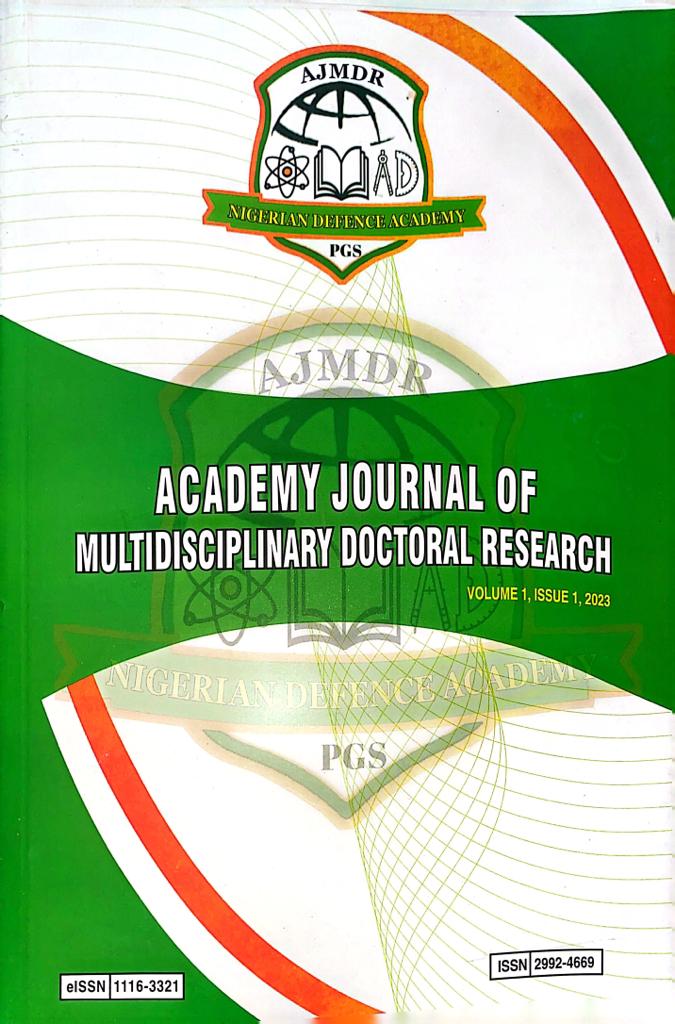Government Capital Expenditure and Manufacturing Output in Nigeria: A Vector Error Correction Model Approach
Keywords:
Government Capital Expenditure, Manufacturing Output and Vector Error Correction ModelAbstract
This study investigates the effect of Government Capital Expenditure in Nigeria from 1986-2023 utilizing time series data. The study adopted the Vector Error Correction technique for the estimation and analyses of results. The study employed Augmented Dickey Fuller test, Johanson Co-integration test, Vector Error Correction Model (VECM) and diagnostic test. The unit root test depicts that the variables under study (Government Capital Expenditure, inflation, Bank Credit and Manufacturing sector output) are stationary at first difference. The Johanson co-integration test reveals that the variables under study have long-run equilibrium relationship. Also, the long-run co-integrating vector result depicts that Government capital expenditure has negative effect on manufacturing output while Inflation and bank credit on deposit money banks have negative effect on manufacturing output. The results depict that the variables understudy have significant effect on the manufacturing output in Nigeria. Based on the findings, the study recommends that; government should invest in infrastructure like electricity plants, bridges, and roads to boost manufacturing output, attract investors, and improve living standards. Reducing inflation rates can also boost the sectors output and GDP.
Downloads
Published
Issue
Section
License

This work is licensed under a Creative Commons Attribution 4.0 International License.
This is an open-access journal which means that all content is freely available without charge to the user or his/her institution. Users are allowed to read, download, copy, distribute, print, search, or link to the full texts of the articles, or use them for any other lawful purpose, without asking prior permission from the publisher or the author.
The Authors own the copyright of the articles.





